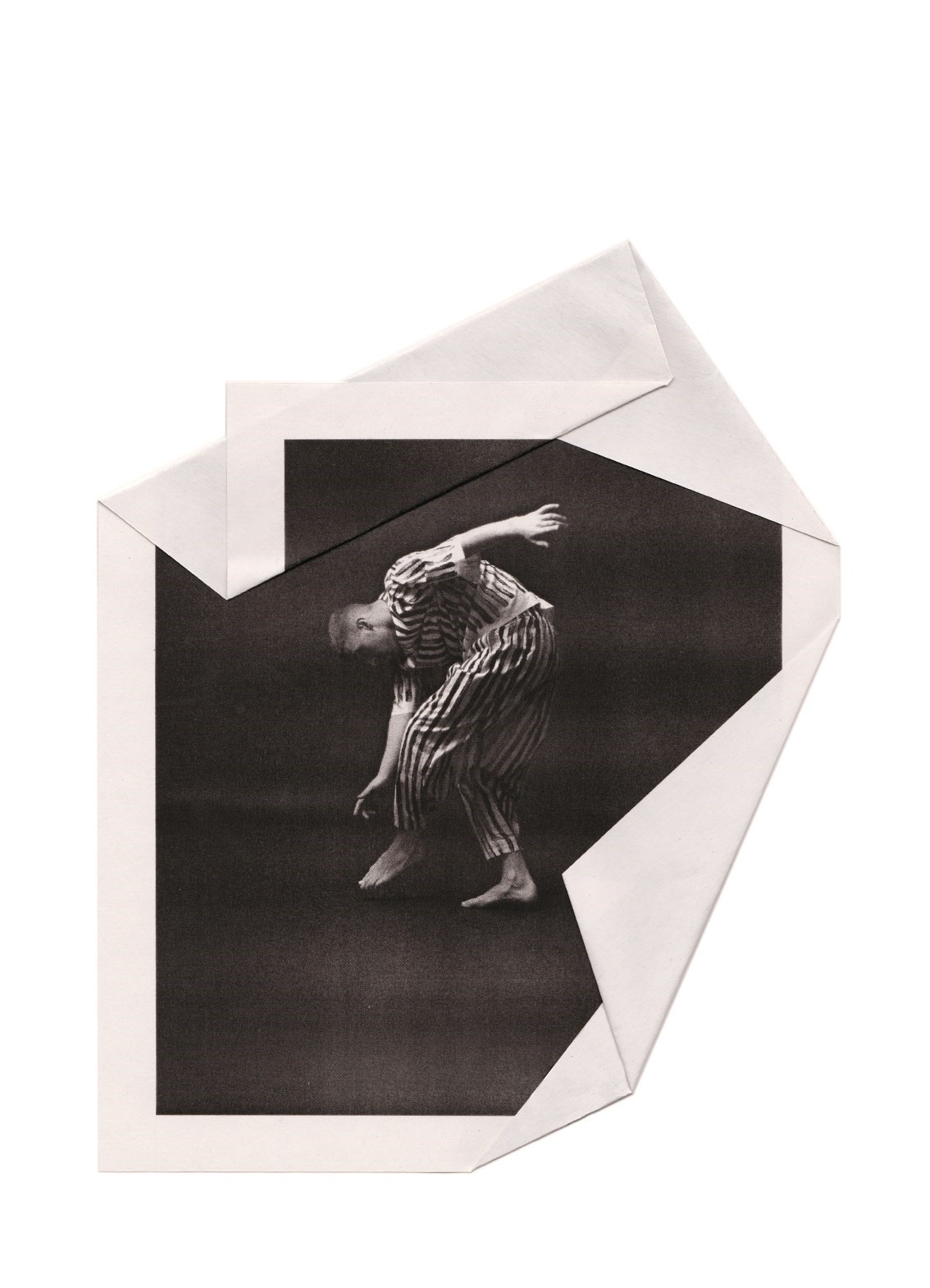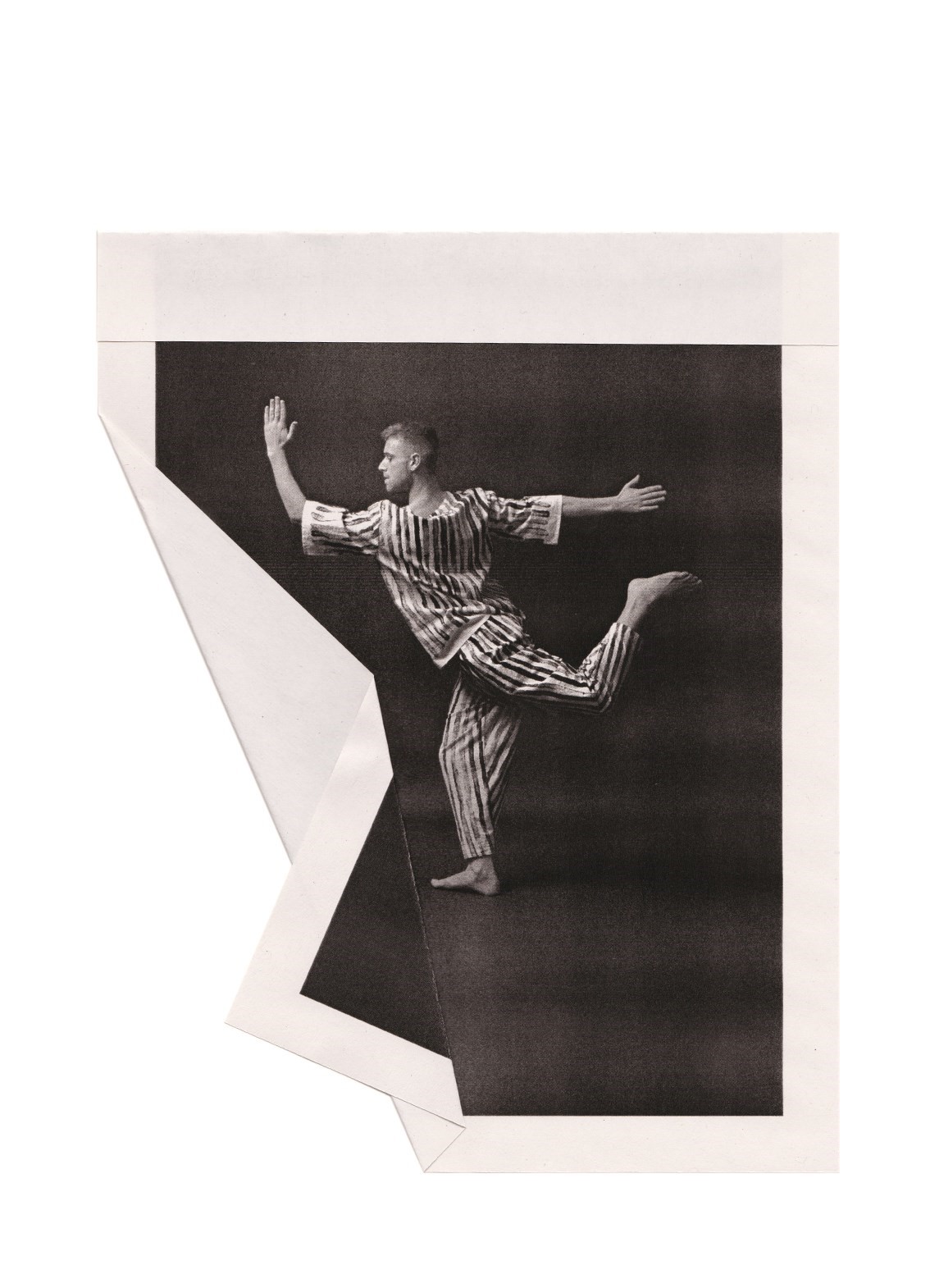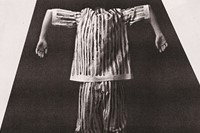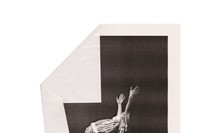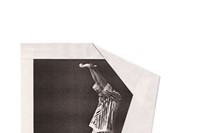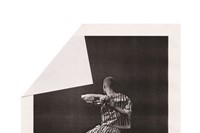The medium of dance has become something of a preoccupation for fashion of late, with designers calling on the aptitude of renowned choreographers to imagine new ways to determine their clothing. (So too at the fashion shoot, where the presence of a creative movement director has become commonplace.) It isn’t difficult to see why – in motion, garments come alive with new possibility, while a dancer’s body – and the eloquent, emotive gestures of contemporary dance – can provide welcome new canvases for a house’s collections.
The collaboration between London-based photographer Paul Phung and art director Bruce Usher, though, began not with clothing but the simple concept of movement itself. Movement has long provided the momentum behind Phung’s work. His photographs, often in black and white, are poetic studies of the body in motion: hands might reach across rooms or stretch into the air to block the sun, intertwined in primal masses that sit disparate among majestic landscapes.
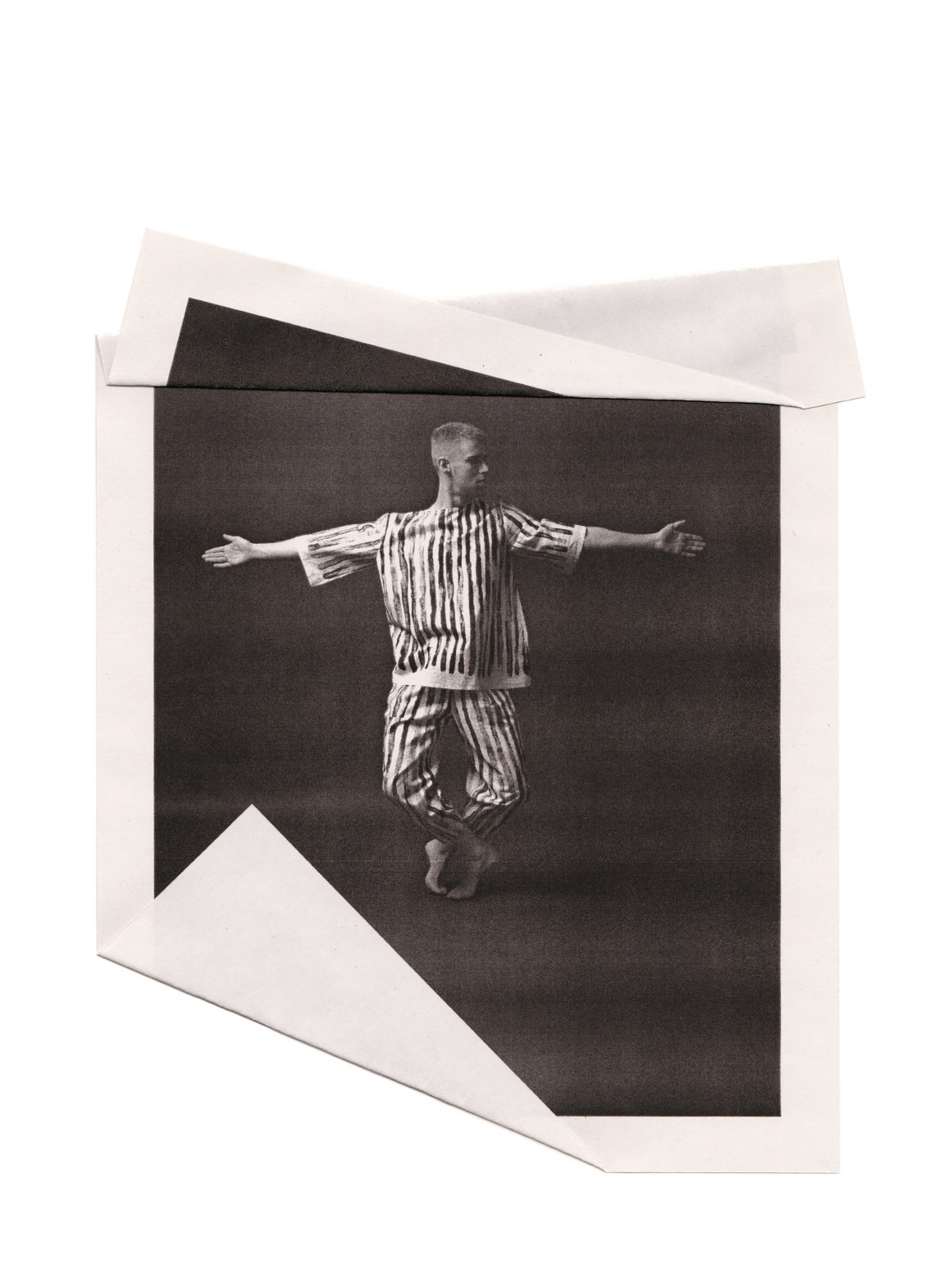

For this project, the pair looked back to the very first photographs of movement – Eadward Muybridge’s turn-of-the-century series of men, women and animals, where the body is captured in movement undertaking in acts from horse riding to fencing. “It started with wanting to create a sort of dawn-of-photography study of motion,” Usher tells AnOther over the phone. “To imagine what a Muybridge photograph might look like now.”
The subject here is contemporary dancer Harry Parr, who across the series of photographs contorts his body into various shapes, a process captured by Phung in near constant motion. “When we were shooting we were asking Harry to respond to different moods or feelings, to changes in the environment and atmosphere,” Usher explains. “Sometimes we asked him to respond to just an adjective or a word, like strength or masculinity – and the movements were unexpected. He was moving so fast that we didn’t know what we would get.”
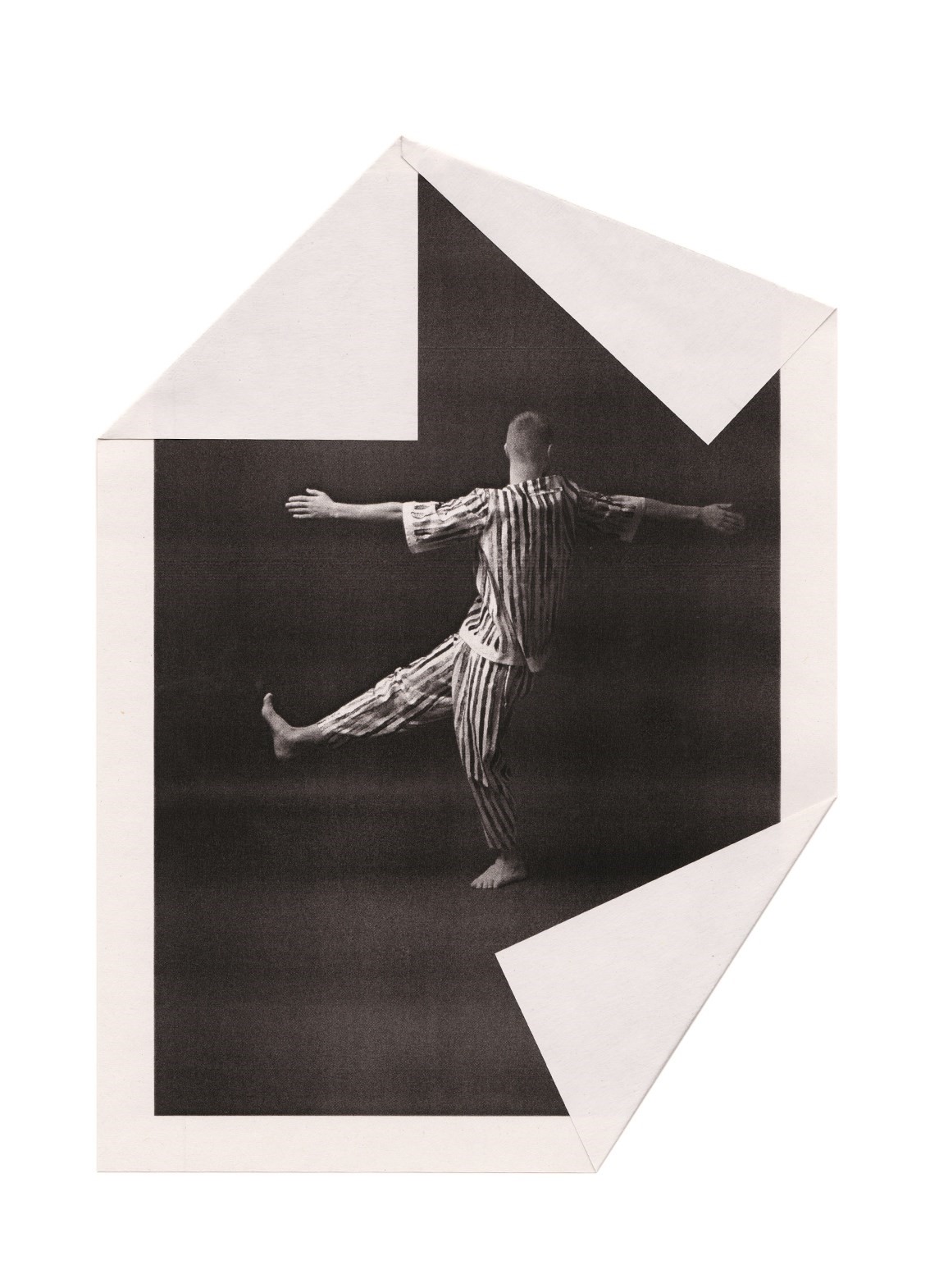
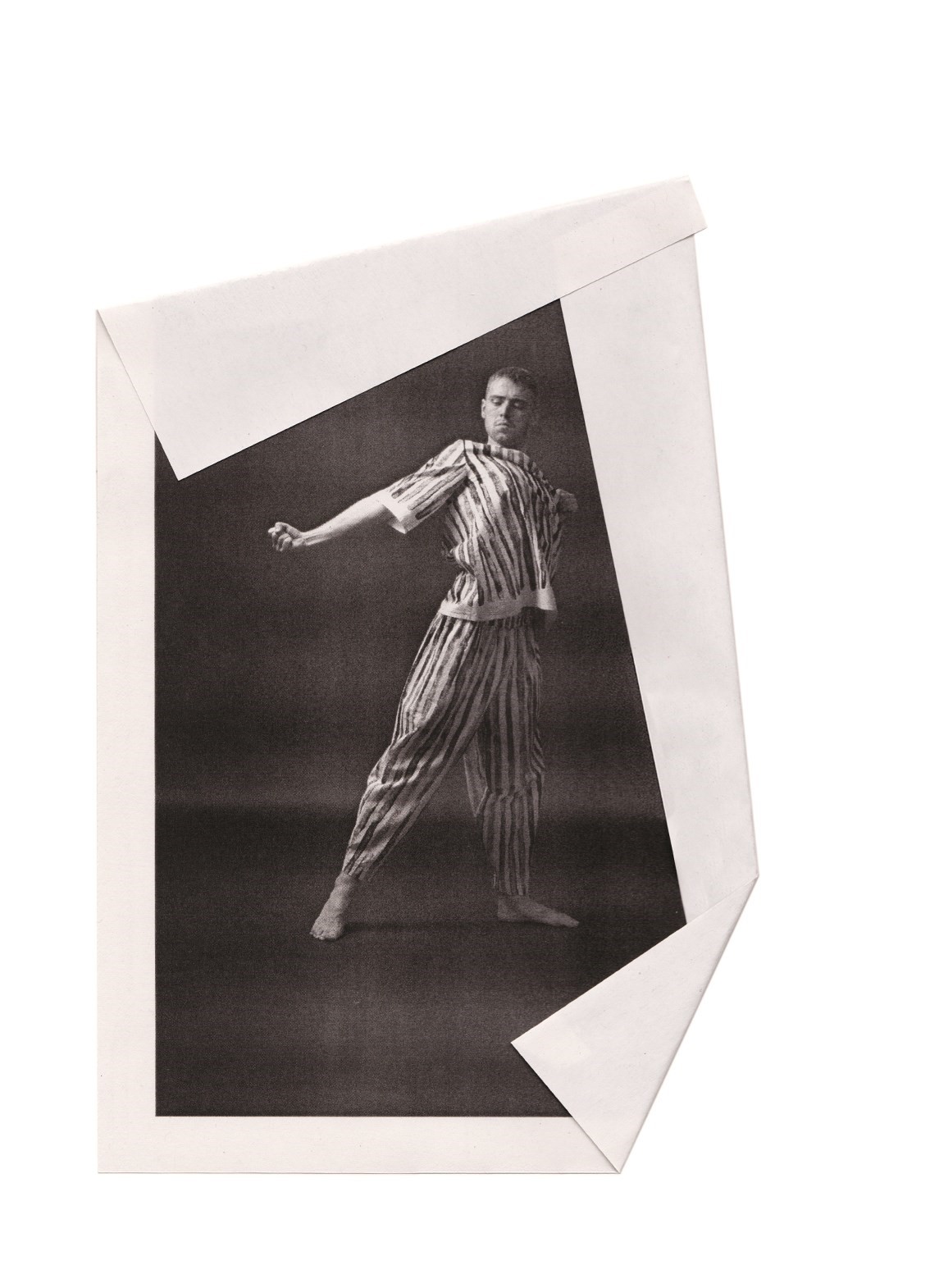
And, though clothing might not have been nexus of the project, the garments – a top and trousers from Britain-based unisex brand, toogood – proved elemental. “The top and the bottom are tagged with lines which really helped follow his movement,” Usher explains. “They follow the limbs of the body which seemed to make everything even more explicit.” Dancer Parr agrees: “It was a mixture of finding some contortion and elevation within the body whilst being aware of the lines on the clothing, and trying to complement them.”
After the photographs were taken, a long process – and the use of plenty of paper – ensued, as Usher took the final images and folded them along the edges, with those paper folds attempting echo the movements of Parr’s body. The result is a feeling of tactility, as if you might have discovered something, well thumbed, from the past. “I wanted to emphasise the space around him, and the paper folds did that,” Usher says of the process. “I wanted it to feel like an artefact of movement.”
